We have made remarkable progress with Divi 5 in the past years. Especially since the release of the Public Alpha in late 2024, we’ve been able to show off what’s possible with this new foundation.
There were multiple promises we made that Divi 5 would fulfill. They are:
- All current Divi websites would be compatible with the new infrastructure
- Divi would be undeniably faster than the previous version
- Bugs, like double-loading, would be squashed forever, and
- A resumption of feature development at a very fast pace
Subscribe To Our Youtube Channel
This post focuses on that last promise. It is one thing to say that you’ll do something, and another entirely to show the receipts of how it’s already been done. Let’s look at how we are attempting to deliver on this promise earlier than expected.
But first, we wanted to point out why Divi 4 fell behind and why we knew long ago that we needed to rebuild Divi’s core technologies completely.
Why Feature Development Peaked With The Previous Version Of Divi
When Divi was first released, the web was different. That was 12 years ago, when WordPress was at version 3.7, PHP at version 5.5, and Internet Explorer was the most used browser in North America.
A lot has changed since then.
Why We Stopped Divi 4 Feature Development
Two realities lead us to pause new feature development in D4.
- Any new features were taking more and more time to build and QA
- Every new feature added to Divi 4 also needed to be built for Divi 5, creating a moving goal post (meaning: Divi 5 would never get done)
Considering all the changes over the last 12 years, each version of Divi (1.X, 2.X, 3.X, and 4.X) kept adding needed features as the pace of web technologies accelerated. After a while, there were more bolted-on accessories than the core could reasonably sustain.
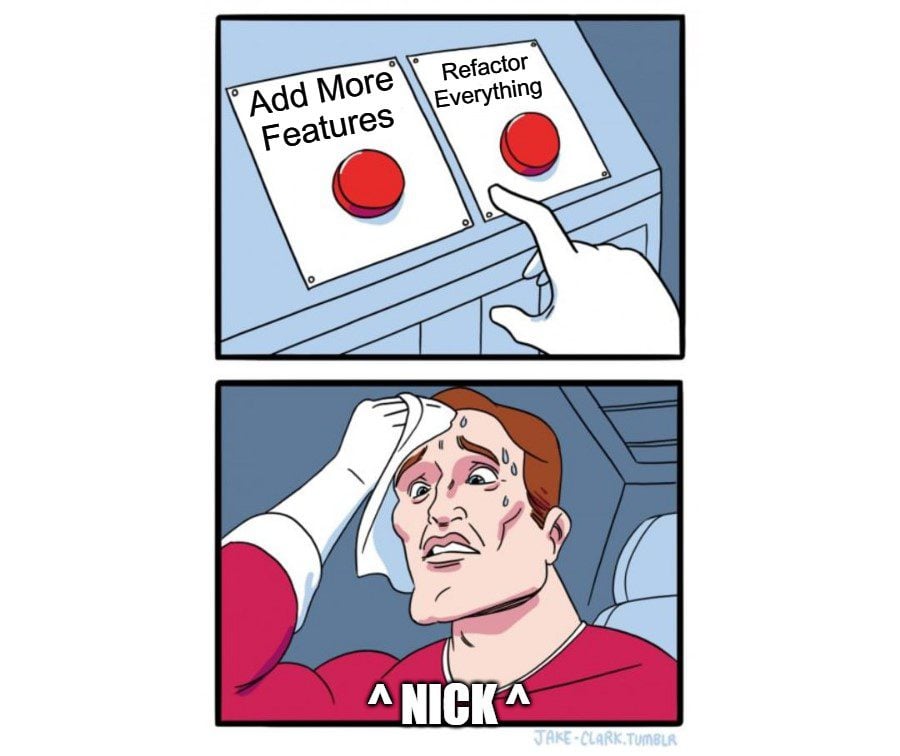
Divi’s technical debt did not come from poorly written code, but from the simple and steady development of modern web technologies. Simply put, as the web got faster and technologies changed, Divi started to show its age — something had to be fixed.
At a certain point in time, the above two realities became too much to ignore. So, we thought through a full plan of attack for a complete rebuild, continued to support Divi 4 via bug and security fixes, and put our hands to the plow on Divi 5.
The Rollout Of Divi 5 Up Until Now
With Divi 4 feature development paused, our development and QA teams focused on creating the future. We knew an ambitious infrastructure overhaul needed careful handling, so we phased the rollout: Developer Alpha, Developer Beta, and now, the Public Alpha in late 2024.
We first released the Developer Alpha to our most technical users and ecosystem developers. They validated core functionalities, helped iron out the heaviest bugs, and provided early insight. Next came the Developer Beta. A broader group tested it, confirming its stability for developers to start building (or rebuilding) their 3rd party extensions.
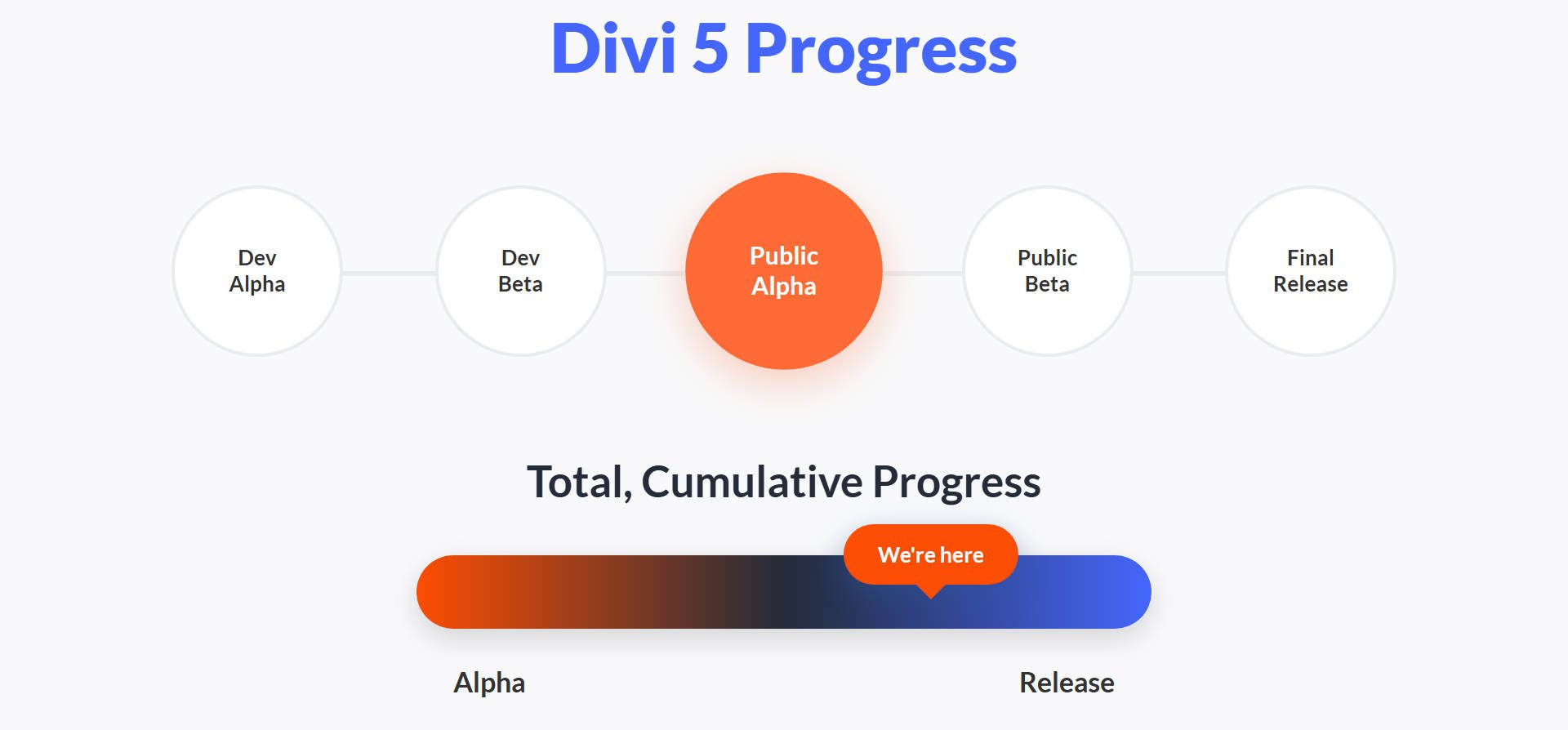
By late 2024, we confidently released the Public Alpha. It was a considerable feat and a very impressive product even then, so we dubbed it Divi-Lite (which was the goal). It is dependable, less buggy than Divi 4, and ready for most new websites. It was missing some carry-over Divi 4 features (like WooCommerce Modules, hence the “Lite”), but otherwise was stable to build on.
Since the beginning of 2025, we’ve been able to do something that we didn’t expect to be able to do this early — develop new features for Divi 5.
Feature Development Velocity With Divi 5
When we promised accelerated feature development with Divi 5, it wasn’t a marketing spiel. The architecture overhaul genuinely changed how fast we could ship new features. Just look at this:
Within only ~5 months, we delivered game-changing functionality that would’ve been impossible to achieve at this pace with Divi 4. Here’s just a snapshot of that velocity:
- Customizable Responsive Breakpoints: Released February 6, 2025, giving designers granular control over device-specific layouts from the Visual Builder.
- Divi AI: Even though we had Divi AI for D4, it had to be reworked entirely to even work with Divi 5, which we did.
- Option Group Presets: Released March 11, 2025, Divi is the only page builder that has such a strong set of preset options and controls.
- Advanced Units: Released March 19, 2025, introducing fluid and scalable design options like calc() and clamp() directly into the Visual Builder.
- Design Variables: Released April 3, 2025, enabling true global control over fonts, colors, spacing, and even text/image content.
- Nested Rows: Released April 17, 2025, offering unprecedented flexibility compared to previous versions of Divi.
- Module Groups: Released May 1, 2025, new group for modules, ideal for the new era of flexbox.
- Attribute Management: Released May 16, 2025, lets users copy and paste attributes (styles, content, and presets) from one element to any other.
- Settings Search and Filtering: Released May 29, 2025, dramatically reducing time spent hunting through options panels to find previously set styles.
- Extend Attributes: Released June 5, 2025, extend static styles, presets, content, and other settings from one element to any other type of element on your page.
- Find & Replace: Released June 18, 2025, find existing values (color, size, etc.) and replace all or some instances with another (even using Design Variables).
- HSL & Relative Colors: Released June 19, 2025, this update makes colors more Global and editable. It also includes the ability to create mathematical color variations based on a base color.
- Improved Backward Compatibility: Released June 25, 2025, allows the use of D4 Modules inside the D5 editor — a huge step forward for compatibility.
- Interactions: Released June 27, 2025, allows users to add interactive effects to elements/modules for things like popups, toggles, and more from the Builder.
- Flexbox: Released July 10, 2025, Flexbox gives designers full CSS Flexbox controls in the visual builder without clunky JavaScript. It is the most robust Flexbox system in a WordPress page builder.
That’s fifteen major, feature-rich updates delivered in less than five months. To put this in perspective, our previous versions would have required triple or even quadruple the time to implement and QA similar features due to accumulated technical debt. They would have also been buggier and slowed down your sites more.
Now, you have a dramatically improved builder thanks to our incredible pace of one new feature every 10.2 days! We promised one every fourteen days, so we are thrilled to over-deliver for the community.
Keeping Our Promise & Becoming Innovators Once Again
Why focus so much on speed of feature delivery? It’s simple — agility in web design tools directly impacts your competitiveness. The faster you can adapt to web trends, integrate new technologies, and respond to client demands, the better your position in your market. Our pace translates to a significant competitive advantage for every Divi user. This is especially so since we are catching up from our slowdown in D4 development.
With Divi 5, developers and designers no longer have to choose between quality and speed. The new foundation gives you the advanced features you expect with a smoother design workflow. You stand to benefit from this no matter when you build your Divi website because Divi 5 is backward compatible.
The story of Divi 5 is far from over. This rapid march of development is just the start. We’re now in a position to quickly build even more sophisticated features. Many of the previous features catch us up, but many more in the future will solidify Divi as a best-in-class builder. Our HSL & Relative Colors, Flexbox Controls, and Preset System are already the best versions found in any builder, but there is more to come.

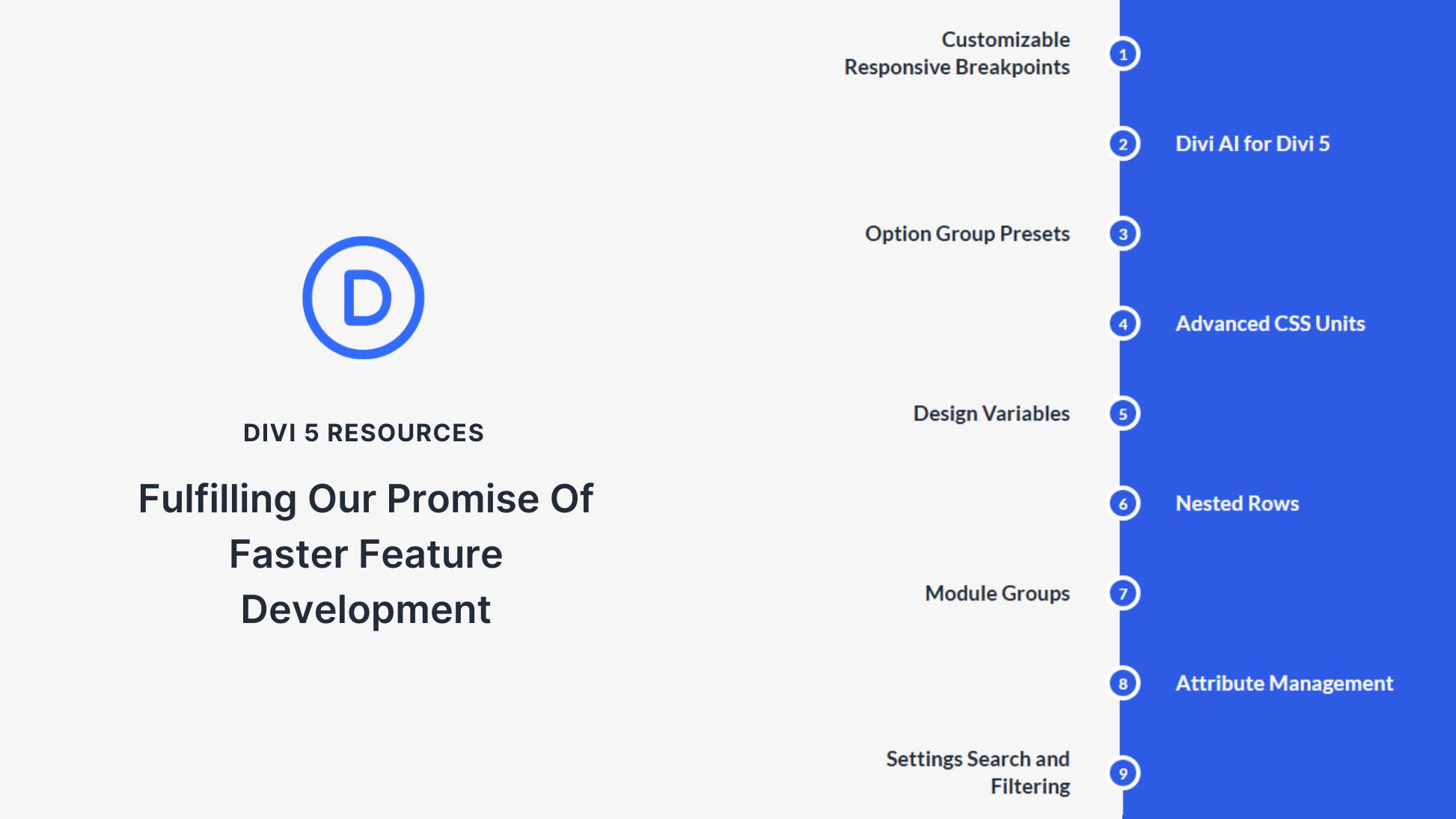
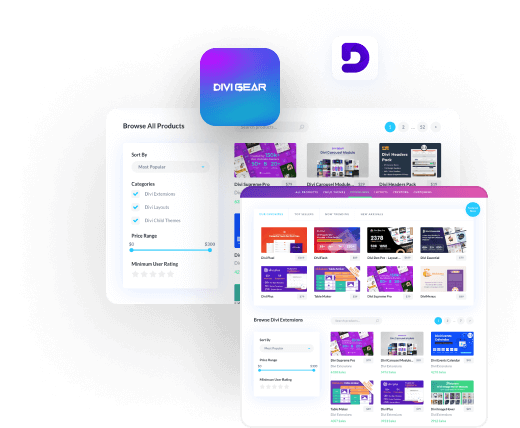
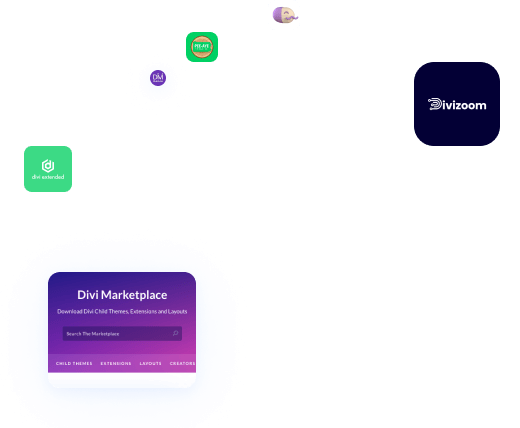
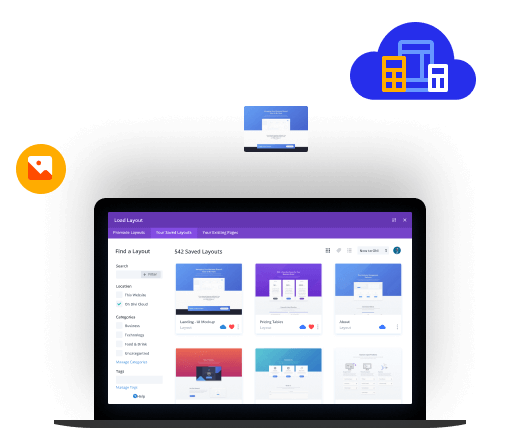
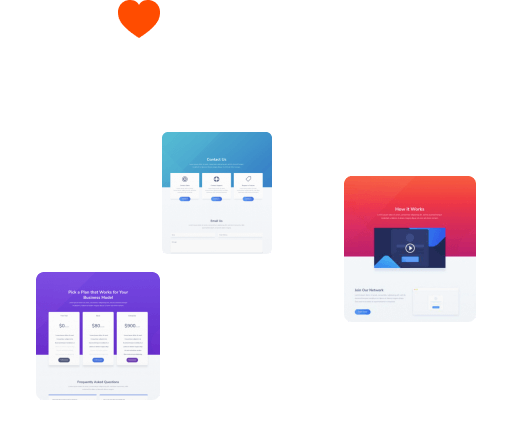
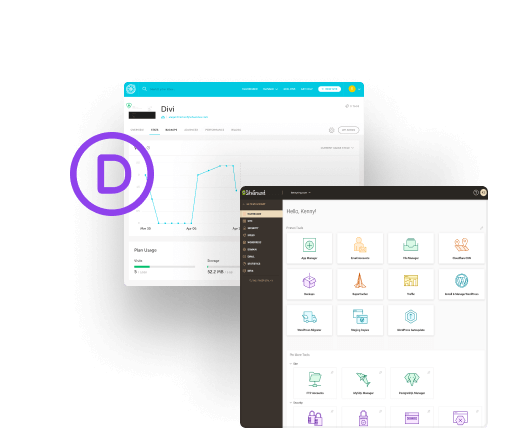
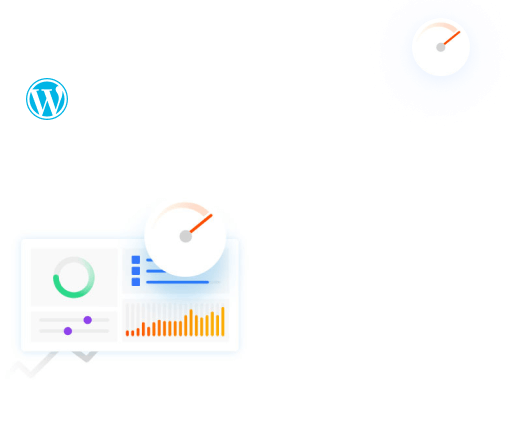

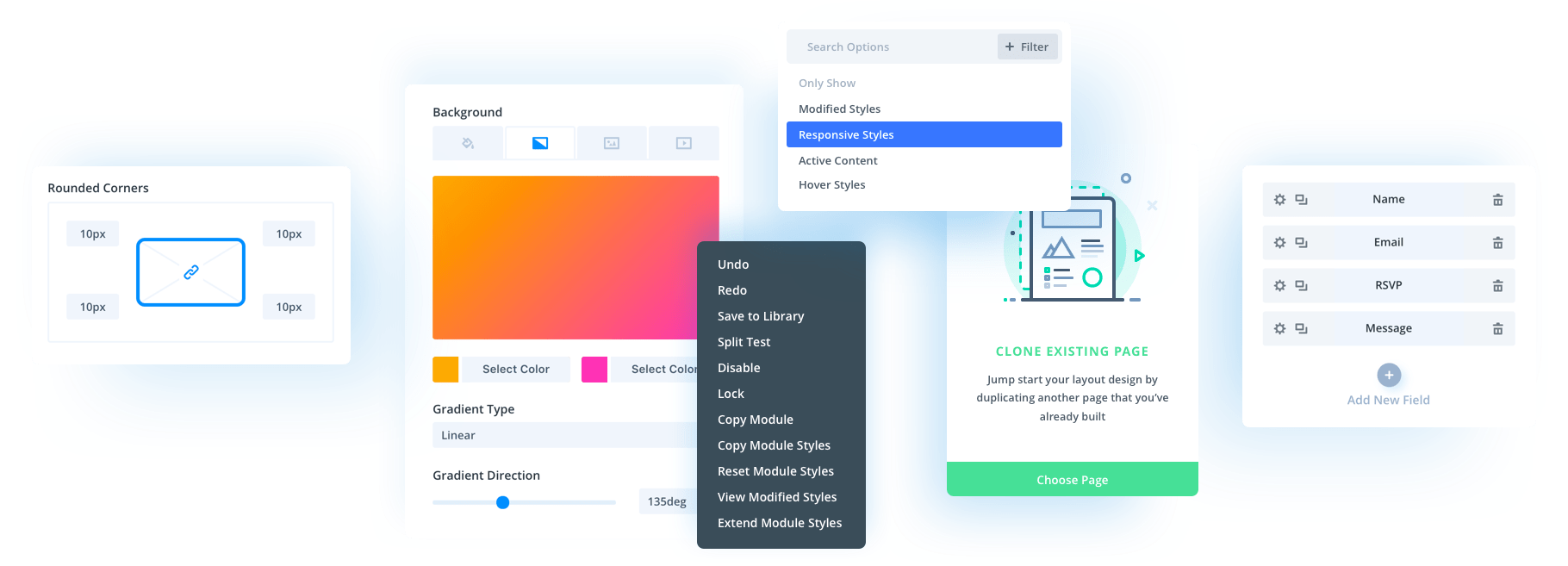

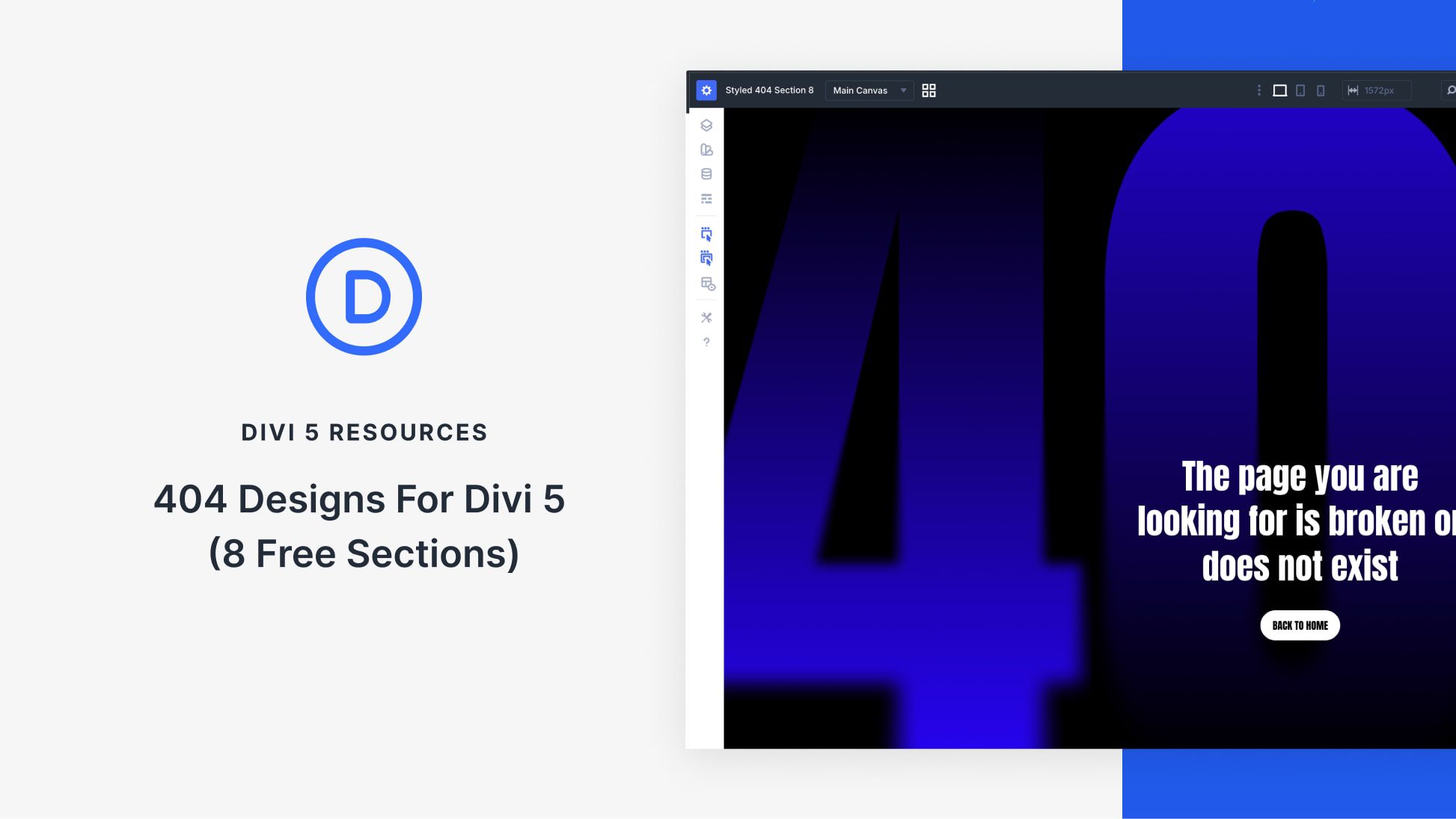
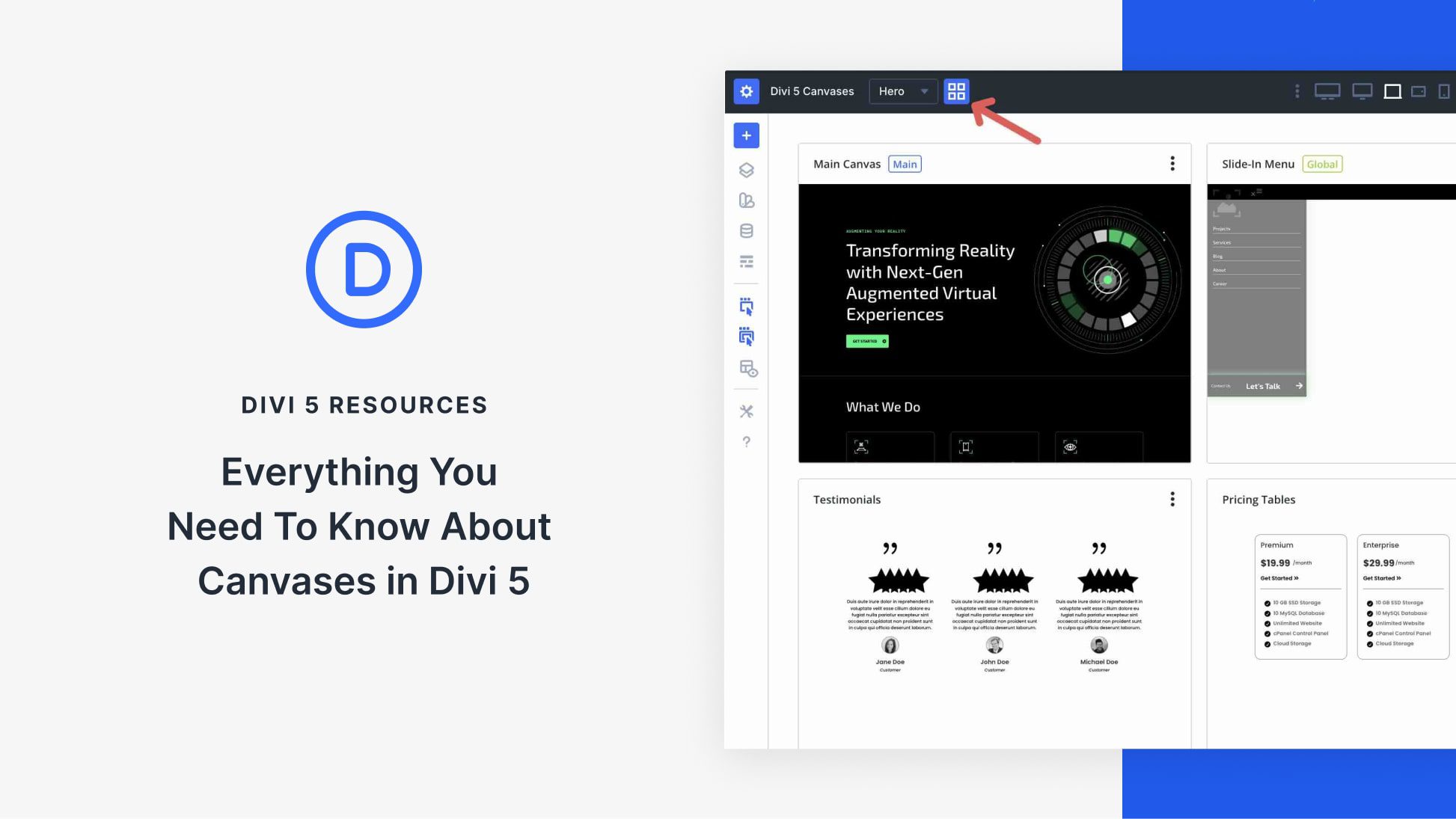
Are we going to have the contact form re-designed and back-end how it works upgraded. It’s very limited with what it can do including how it sends e-mails out and etc.. Been a Divi user for a long time and something I believe needs to be upgraded.
All improvements and ideas are welcome, but we haven’t set contact form changes as something to address in the Public Alpha phase.
If you need something in the meantime, see our Divi 5 Progress update for Contact Form Helper.
I am waiting for woo modules